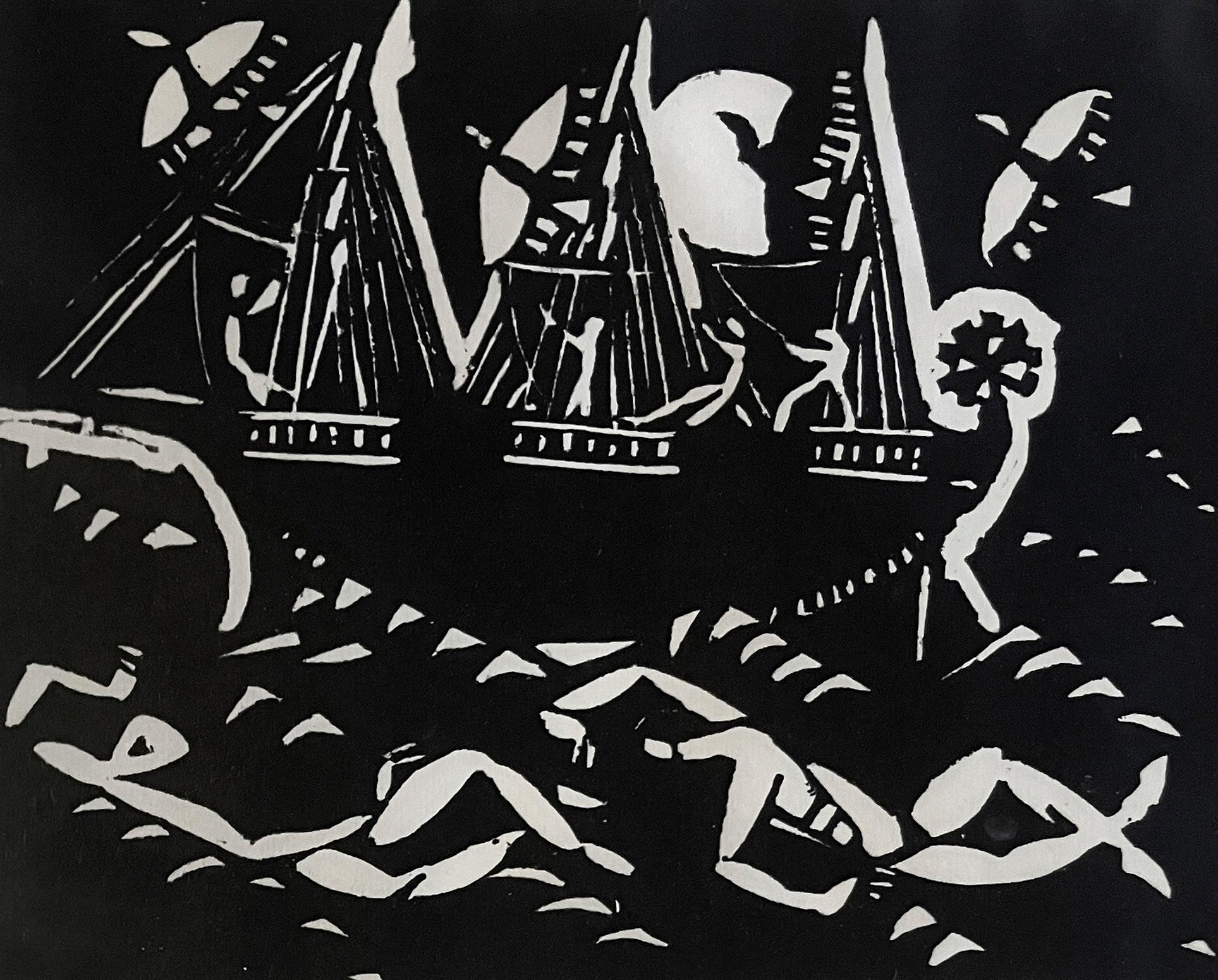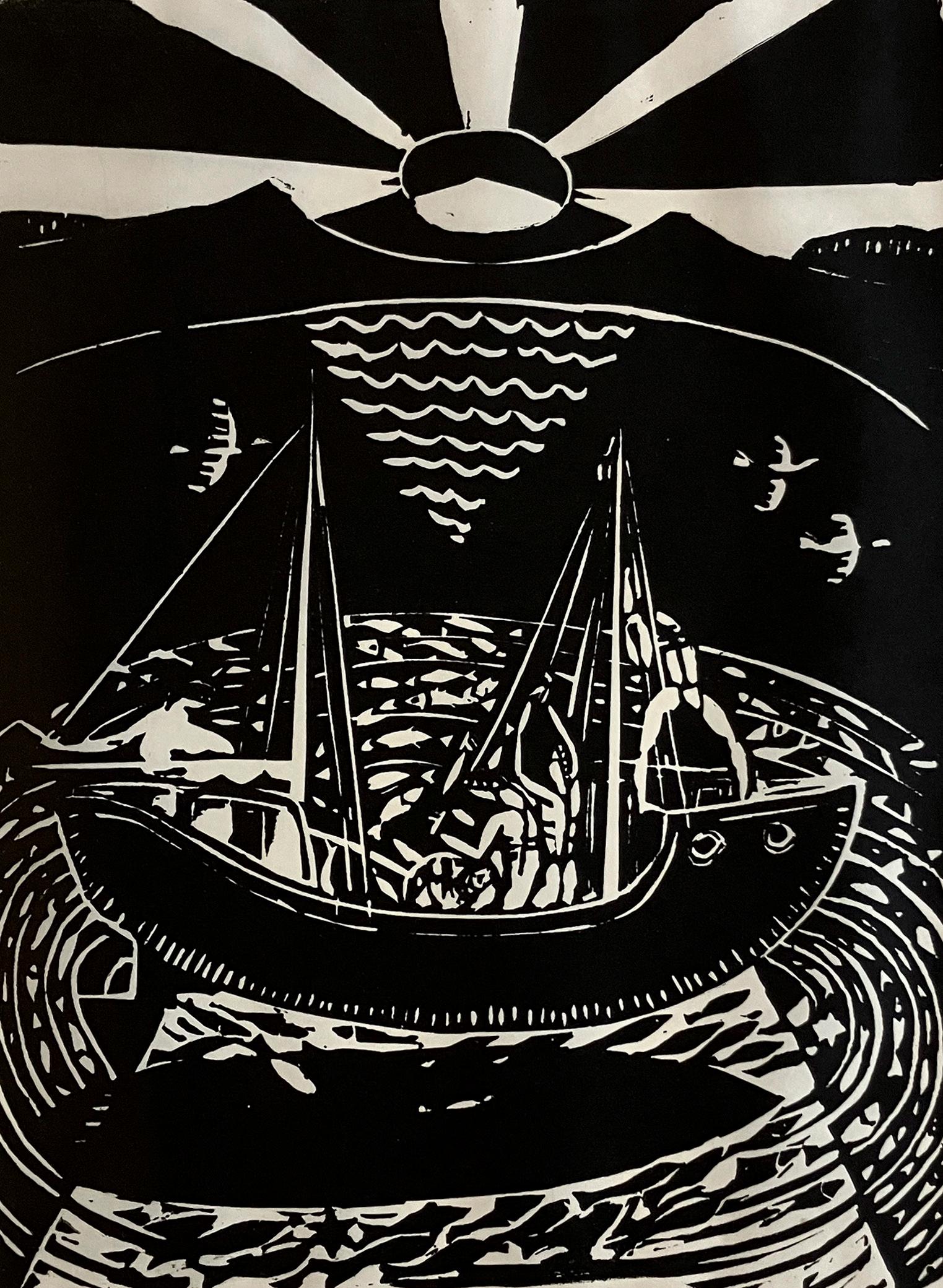
APRIL 25MAY 30, 2025


APRIL 25MAY 30, 2025
Front Cover:
Bror Julius Olsson Nordfeldt, TheArtStudent,the PaintingClass , 1916, color woodcut, 11 7/8” x 11”
Opposite Page: Bror Julius Olsson Nordfeldt, Hero (Provincetown) , c. 1916, color woodcut, 12” x 12”

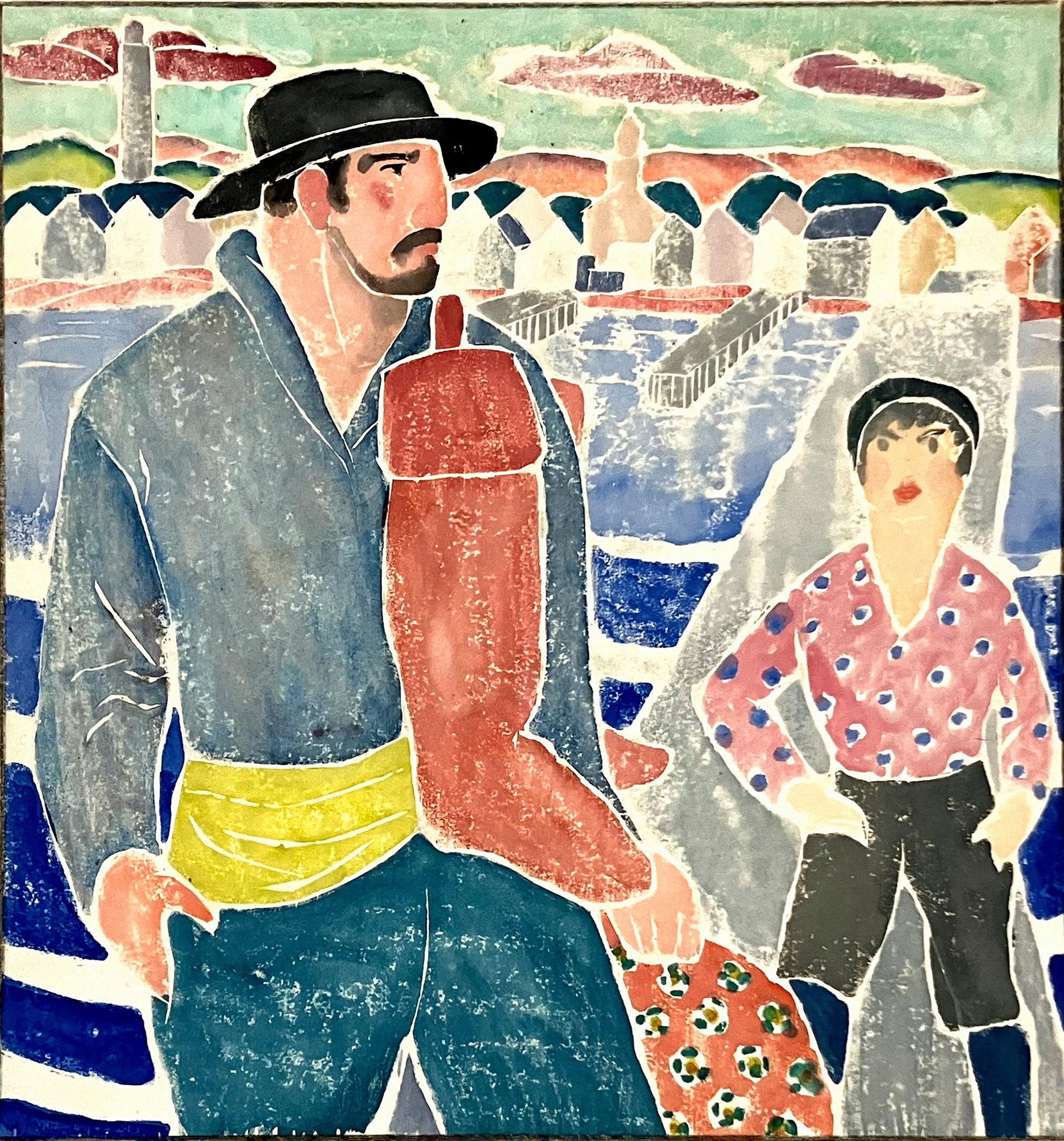

A year and a half ago, Tim and I began working with a major print dealer in New
A year and a half ago, Tim and I began working with a major print dealer in New York representing a private Eastern collector’s estate. It includes an assortment of striking masterworks by the artists active in Provincetown during WWI and a few years beyond. We are now thrilled to be able to present 40 of these remarkable objects.
Many of these works are extremely rare, classic examples of the oeuvre. Impressions of several are held by the world’s leading museums including the Metropolitan Museum, Museum of Fine Arts, Boston, National Gallery and Art Institute of Chicago. And recently, several objects from the show were exhibited in a groundbreaking exhibition held at the Museum of Fine Arts, Boston, entitled Blanche Lazzell and the Color Woodcut. We have also augmented this selection with a few other outstanding examples by these artists and their peers.
I hope you can join us to view these iconic Modernist objects.
James Keny





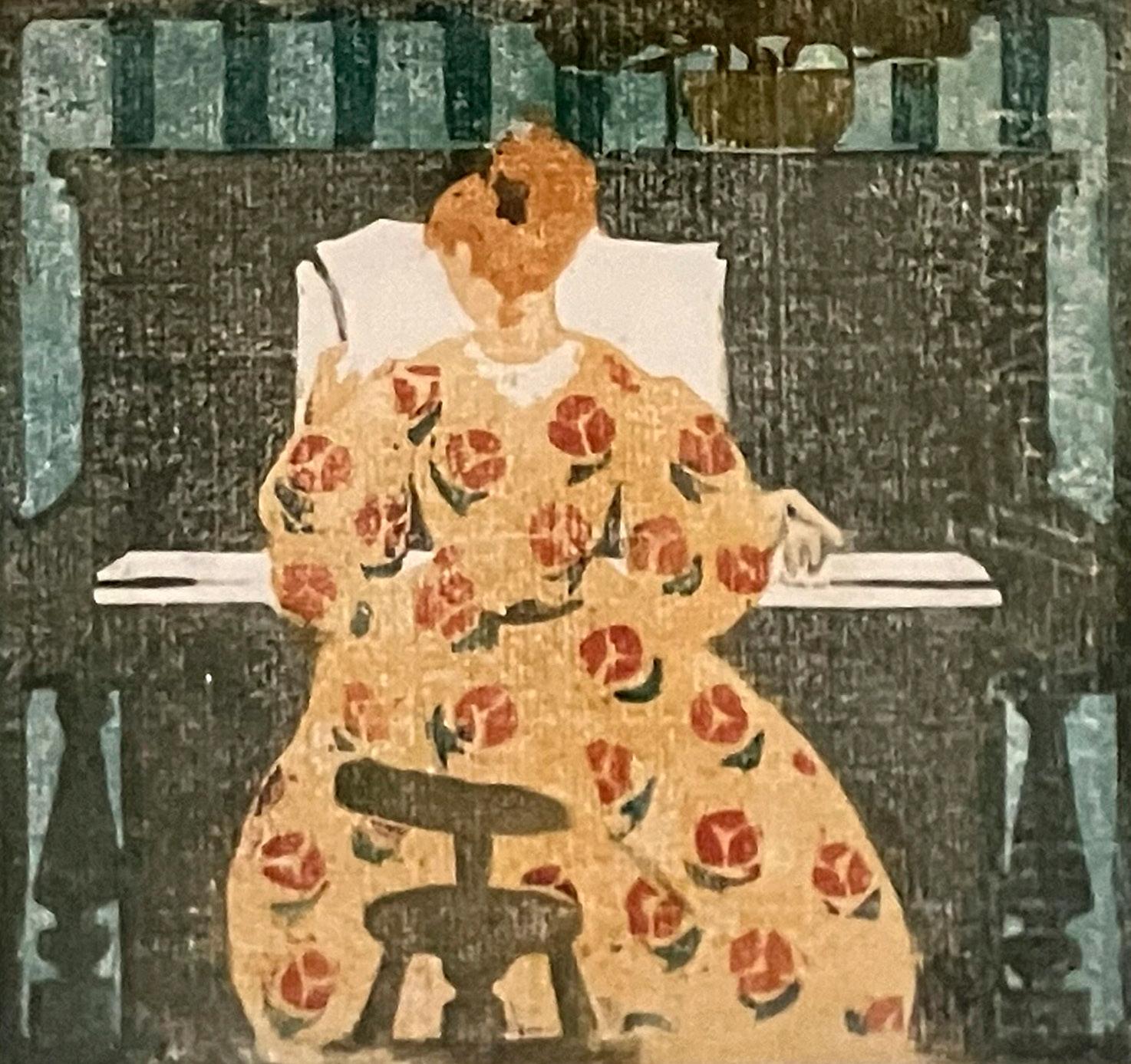

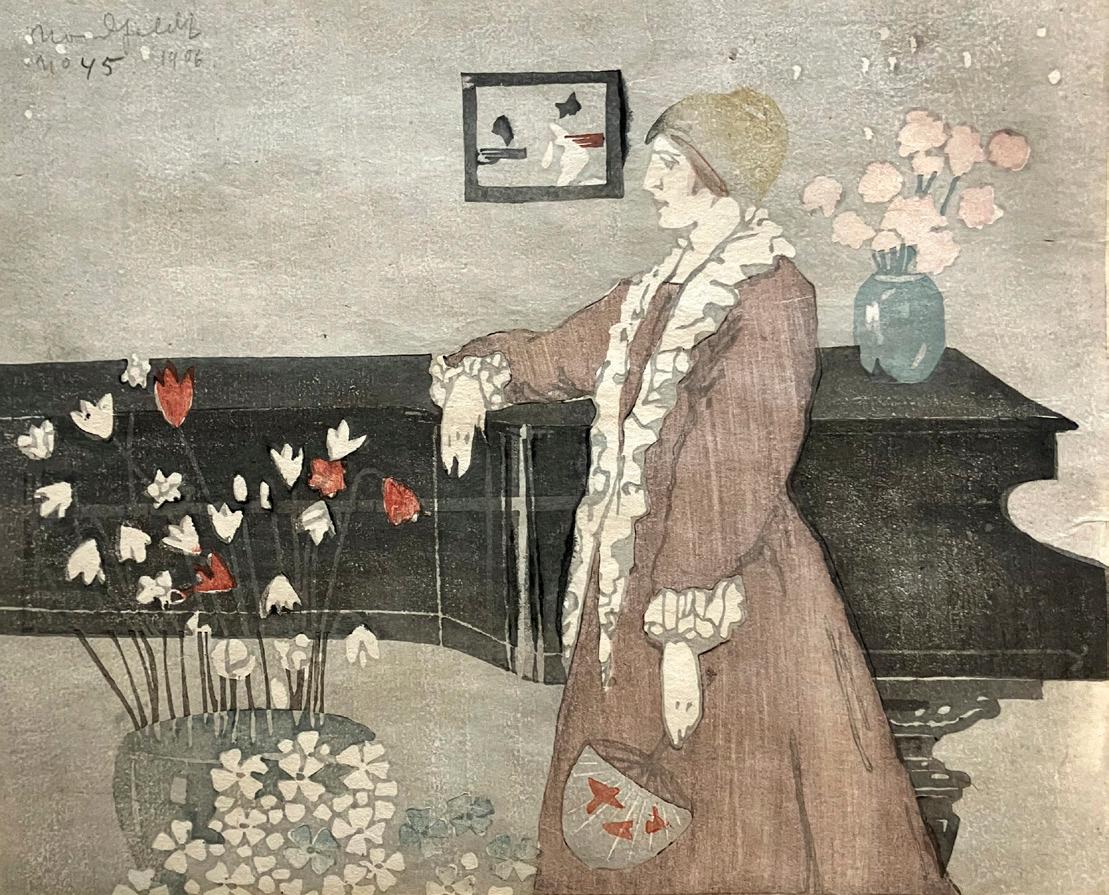
LadyatPiano , 1906
Color woodcut
8” x 10”
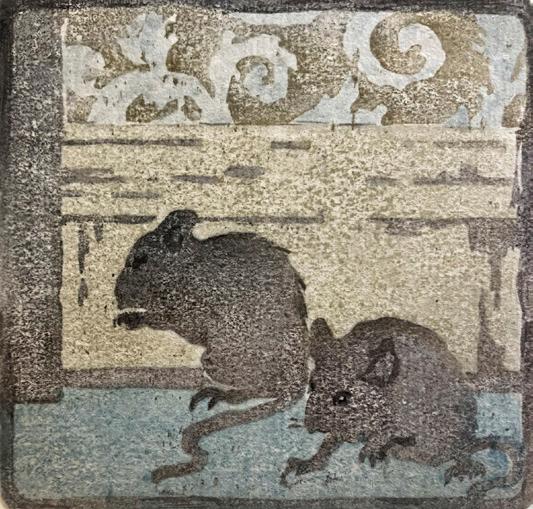
Ethel Mars
TwoMice , c. 1903-04
Color woodcut
4 1/8” x 4 ¼”
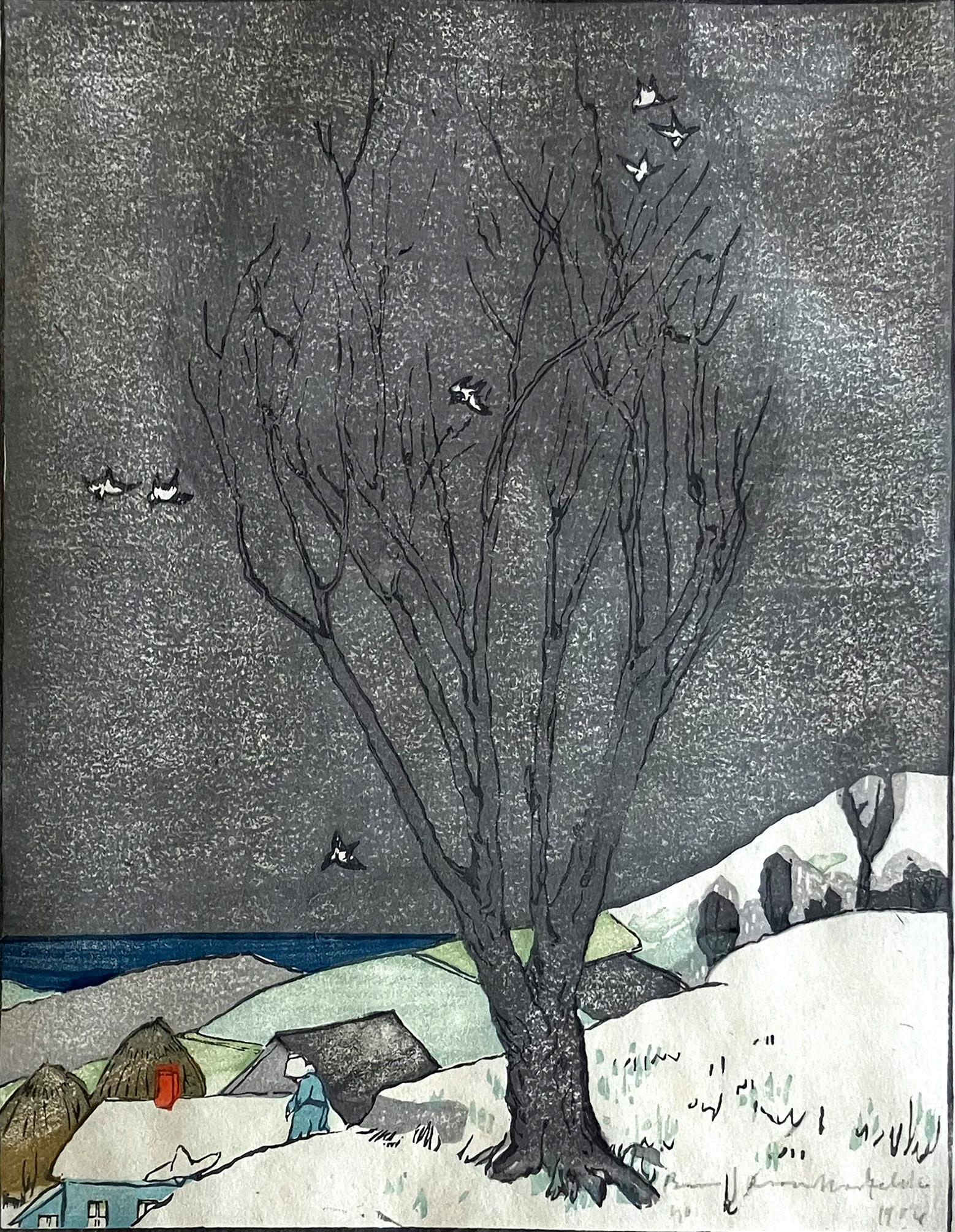
Bror Julius Olsson Nordfeldt
TheTree(TheTreeSpring,GreyTree) , 1906
Color woodcut
12 1/8” x 9 3/8”
“. . . Hale’s drawings, created primarily in the graphic media of charcoal, as well as chalk and pencil, are among the most beautiful and most subtle of their generation. Hale concentrated, as did the majority of her contemporaries among the Boston School of artists of the time, upon domestic interiors, a subject which also proved the principal domain of many women artists of her time, such as Mary Cassatt. . . . Hale’s drawings resonate with silence; her work speaks in a quiet voice, concentrating more than many of her contemporaries upon the single figure . . .”
William H. Gerdts, PhD
Professor Emeritus of Art History Graduate School of the City University of New York
Expert on American Impressionism and The Boston School








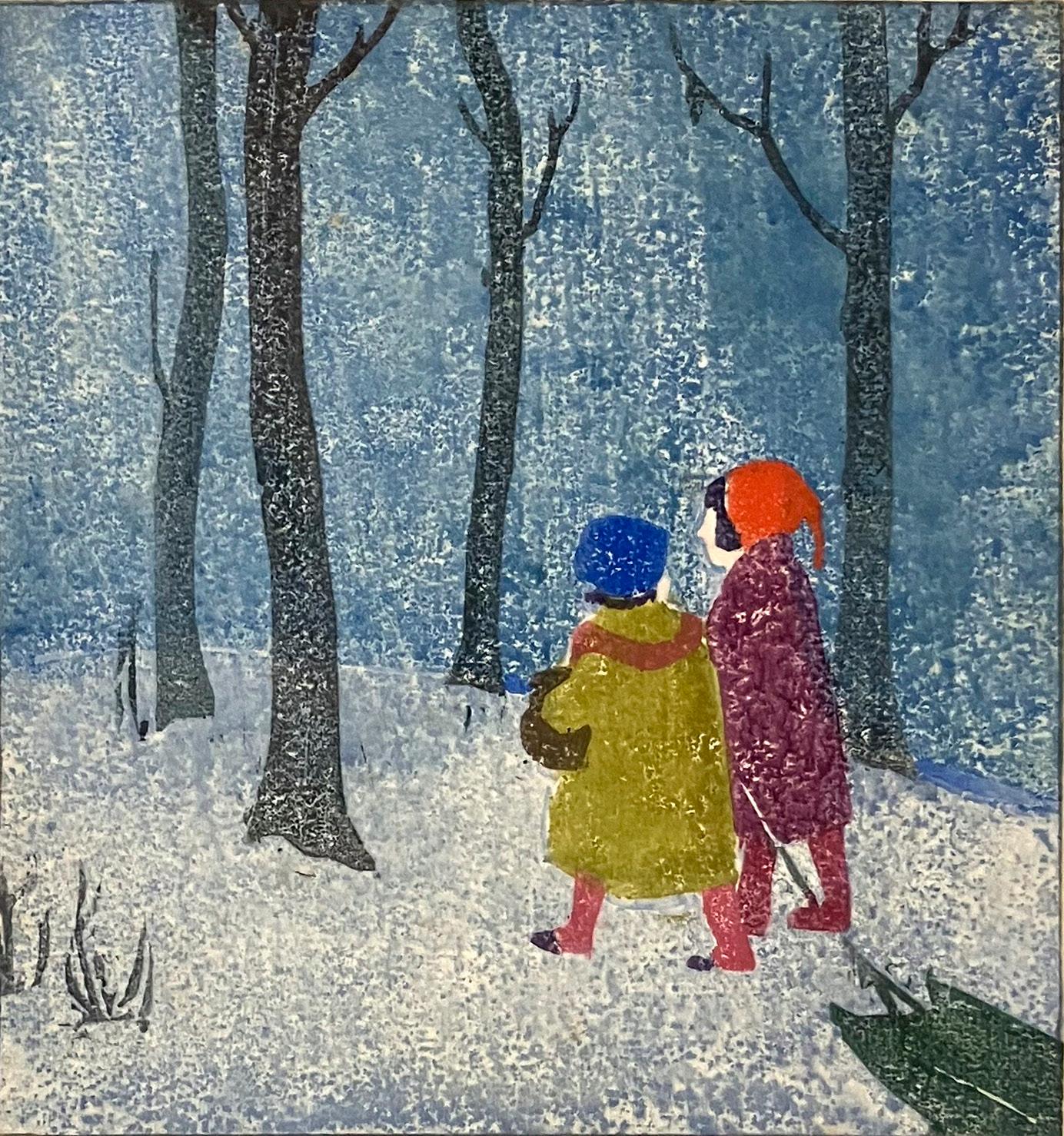
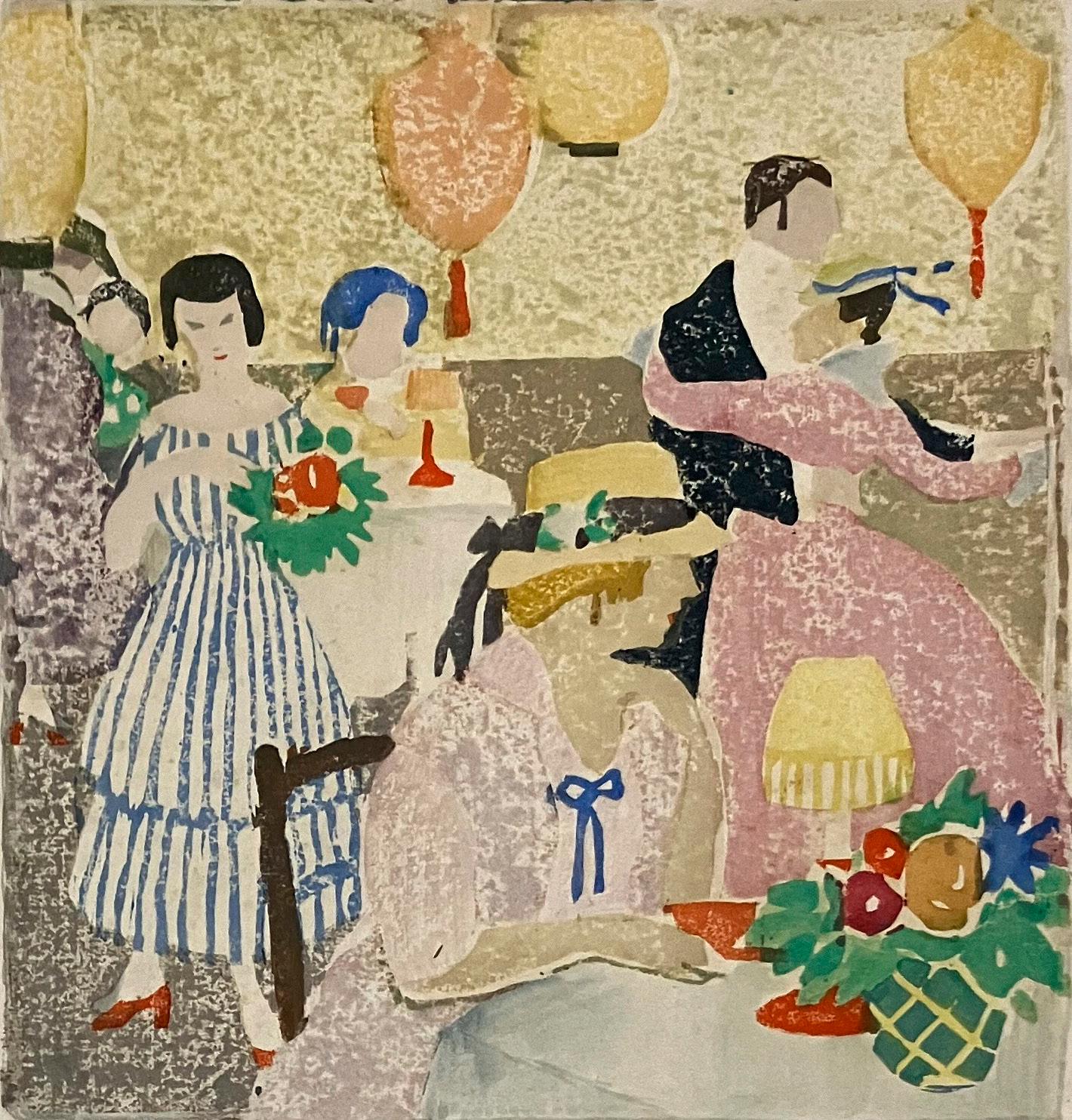

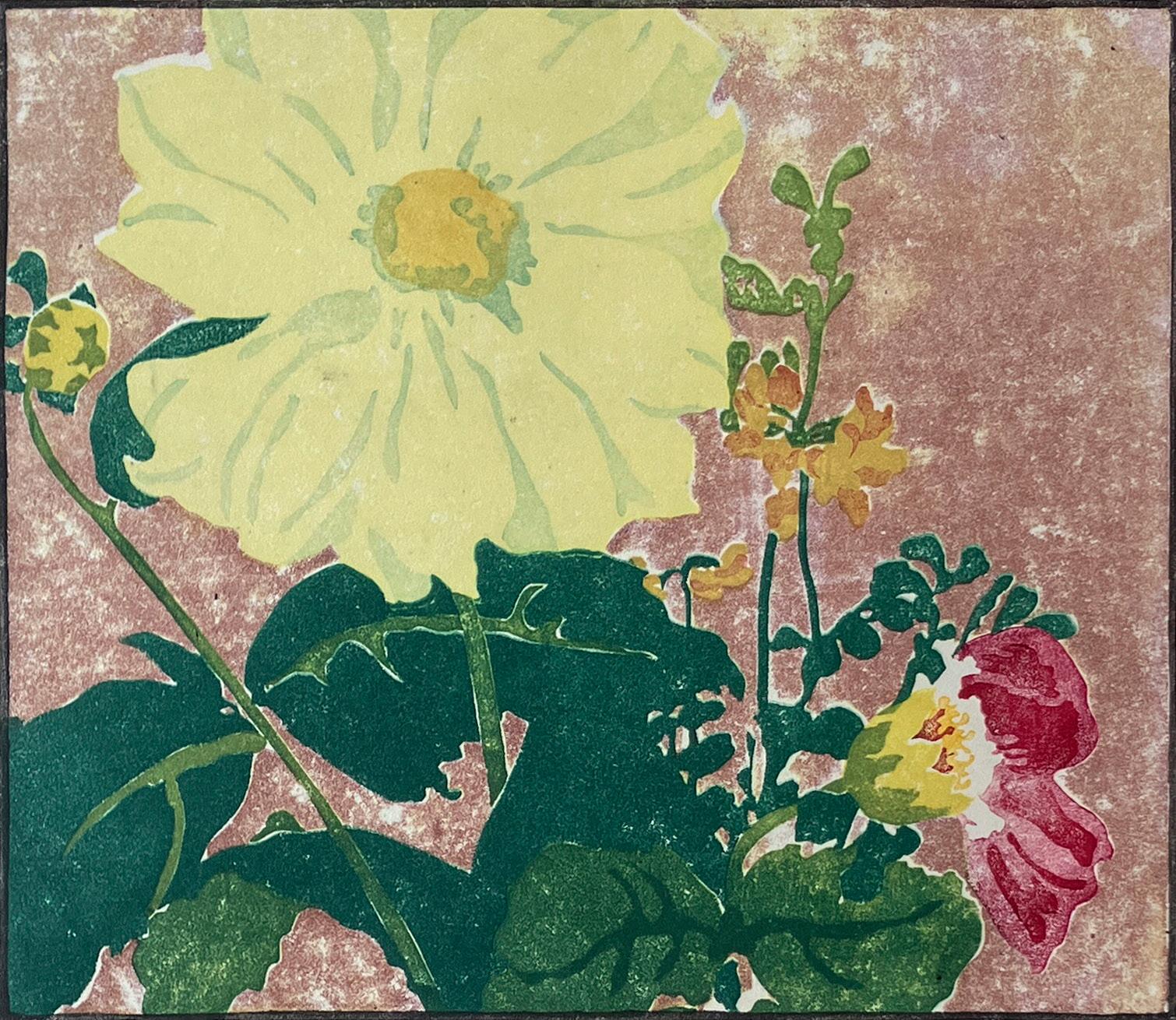
Color woodcut
7 ¾” x 9”

Boies Hopkins SaucyDahlia , c.1915
Color woodcut
7 ¼” x 9”



, c. 1916
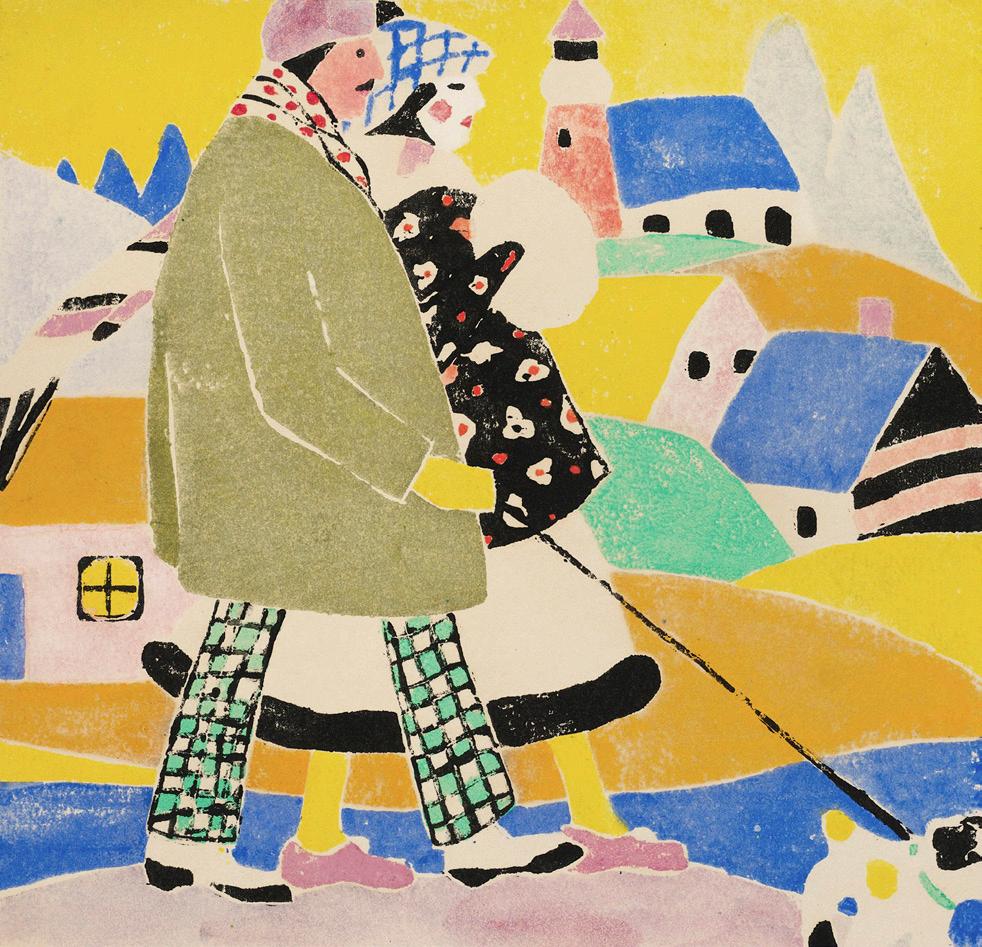
, c. 1917-18

Clamdiggers,Provincetown,c. 1917
Color woodcut
10 3/8” x 9 3/8”

Clamdigger,c. 1916-17
Color woodcut
10 3/8” x 9 3/8”
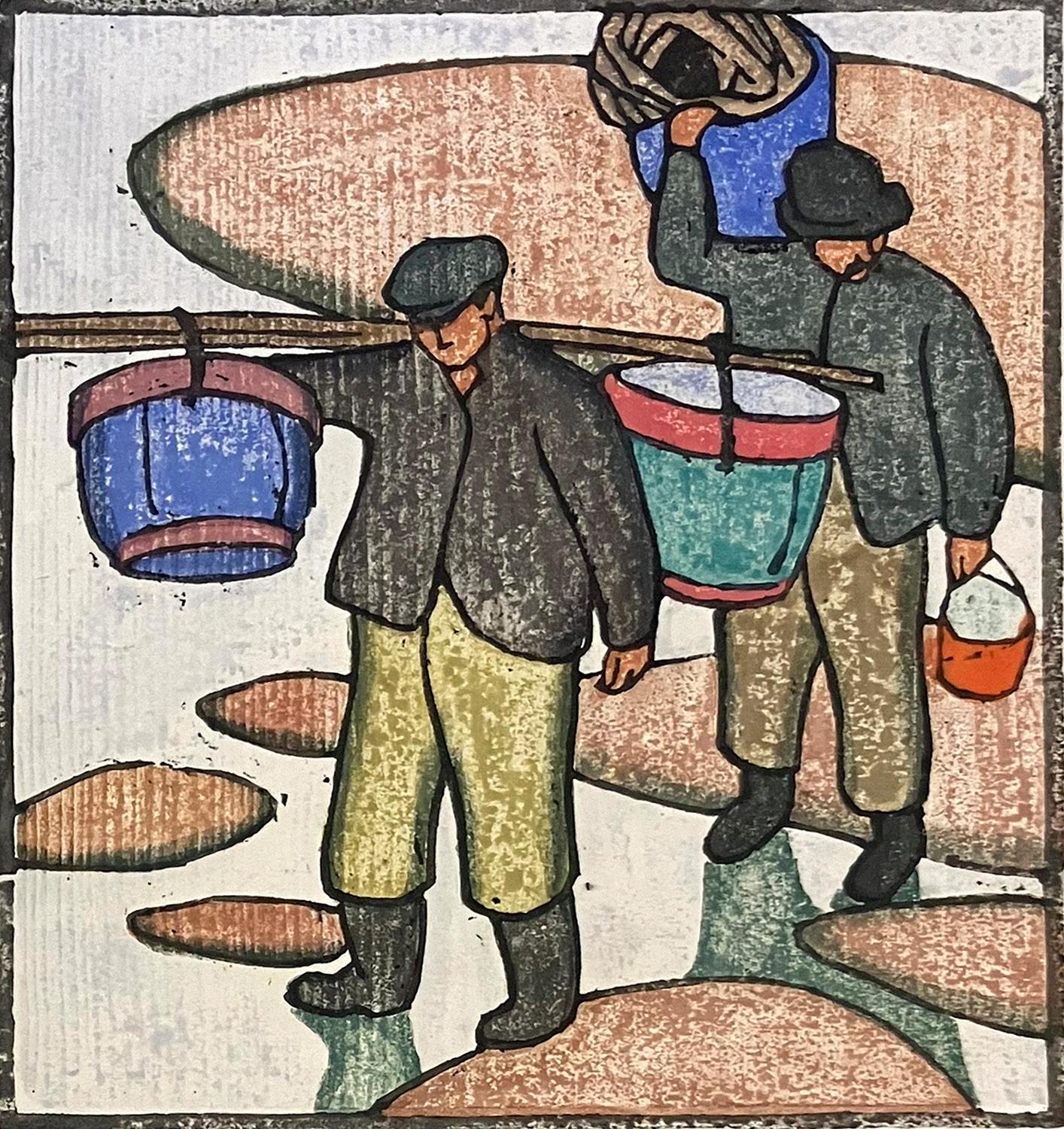
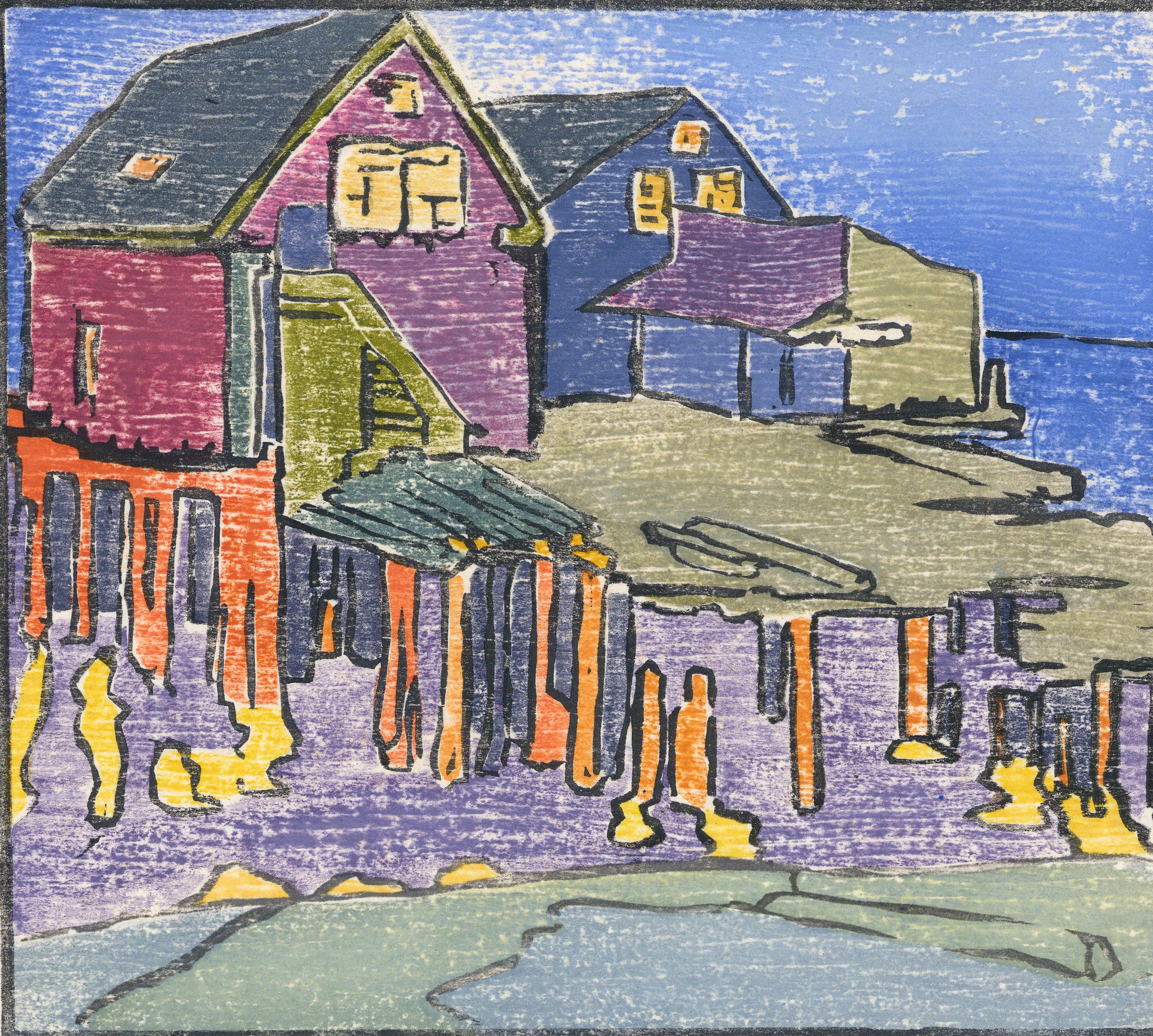
StudiosintheWharf , c. 1915-16
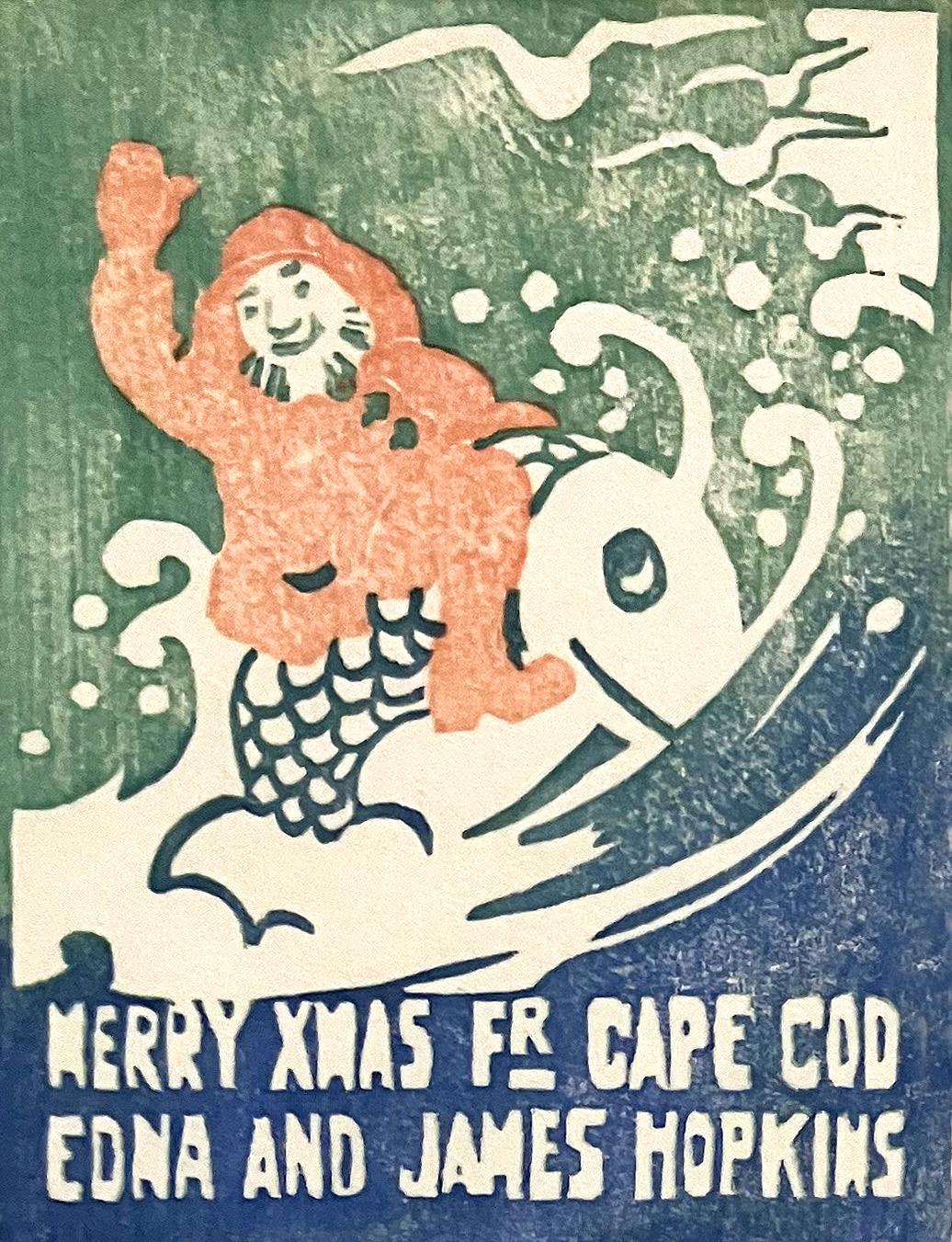
c. 1917-20

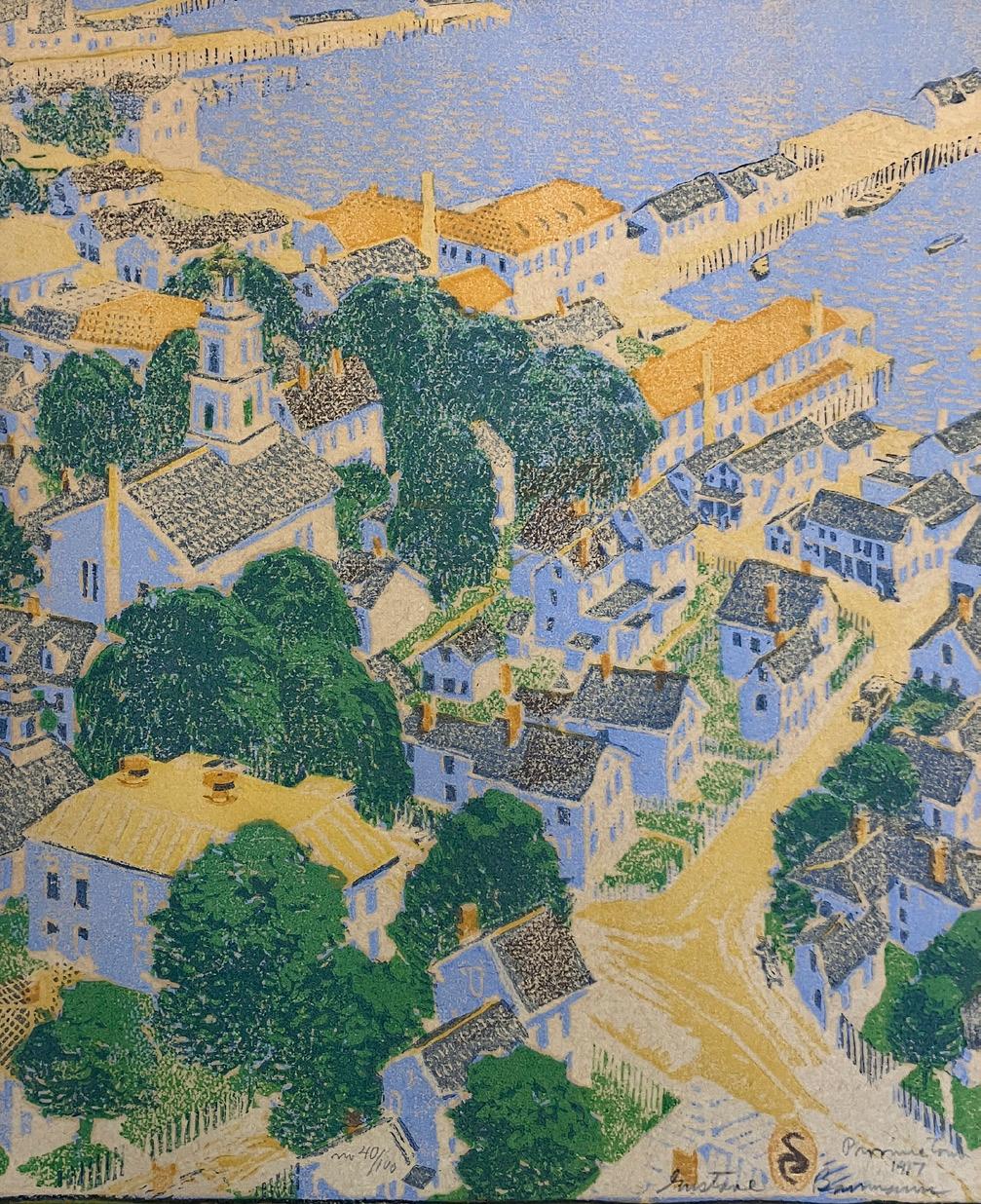



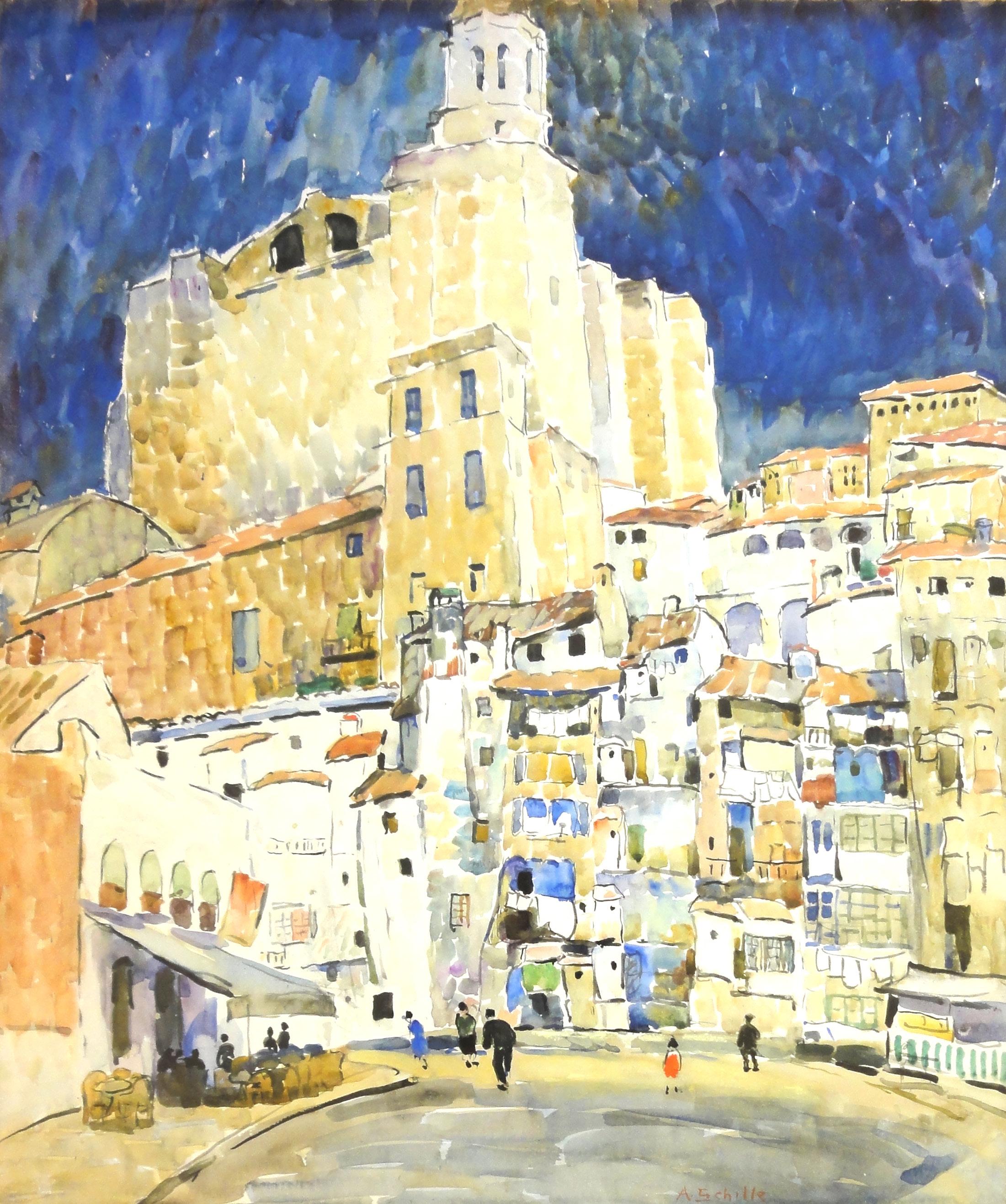



ItalianMarketScene,c.1920





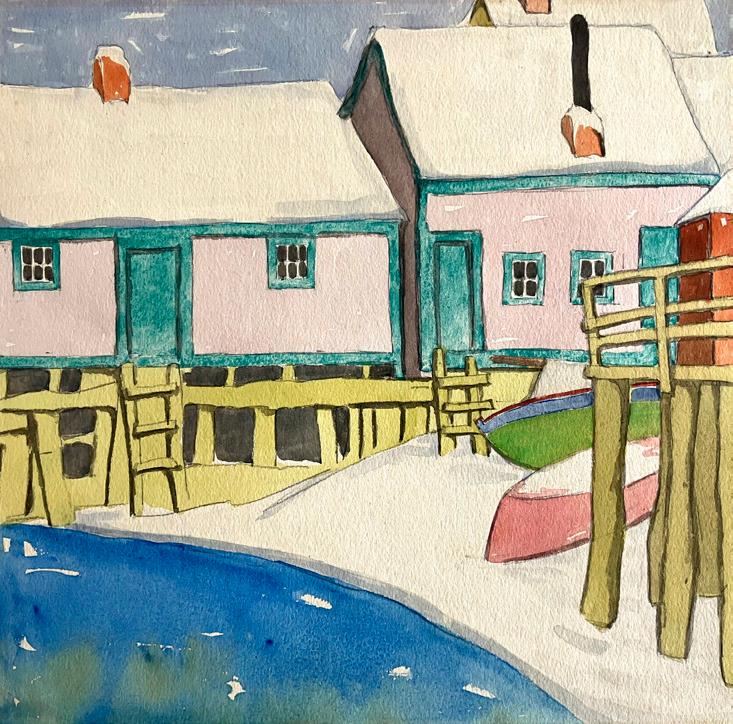
Top Row from left: Maud Squire, FishermaninGreenCoat , c. 1895-1920, watercolor and pencil on paper, 11 1/8” x 12 1/8”; Maud Squire, WinteratSea,Provincetown,c. 1895-1920, color woodcut, 11 1/8” x 12”; Maud Squire, Loadinginthe Catch,watercolor and pencil, 12” x 11”.
Bottom Row from left: Ethel Mars, SailboatatLowTide , watercolor on paper, 11 7/8” x 12”; Maud Squire, Bathers, c. 1917-19, color woodcut, 9 ½” x 10 ¼”; Maud Squire, PinkHousesatSea,, watercolor and pencil, 11 1/8” x 12 1/8”;
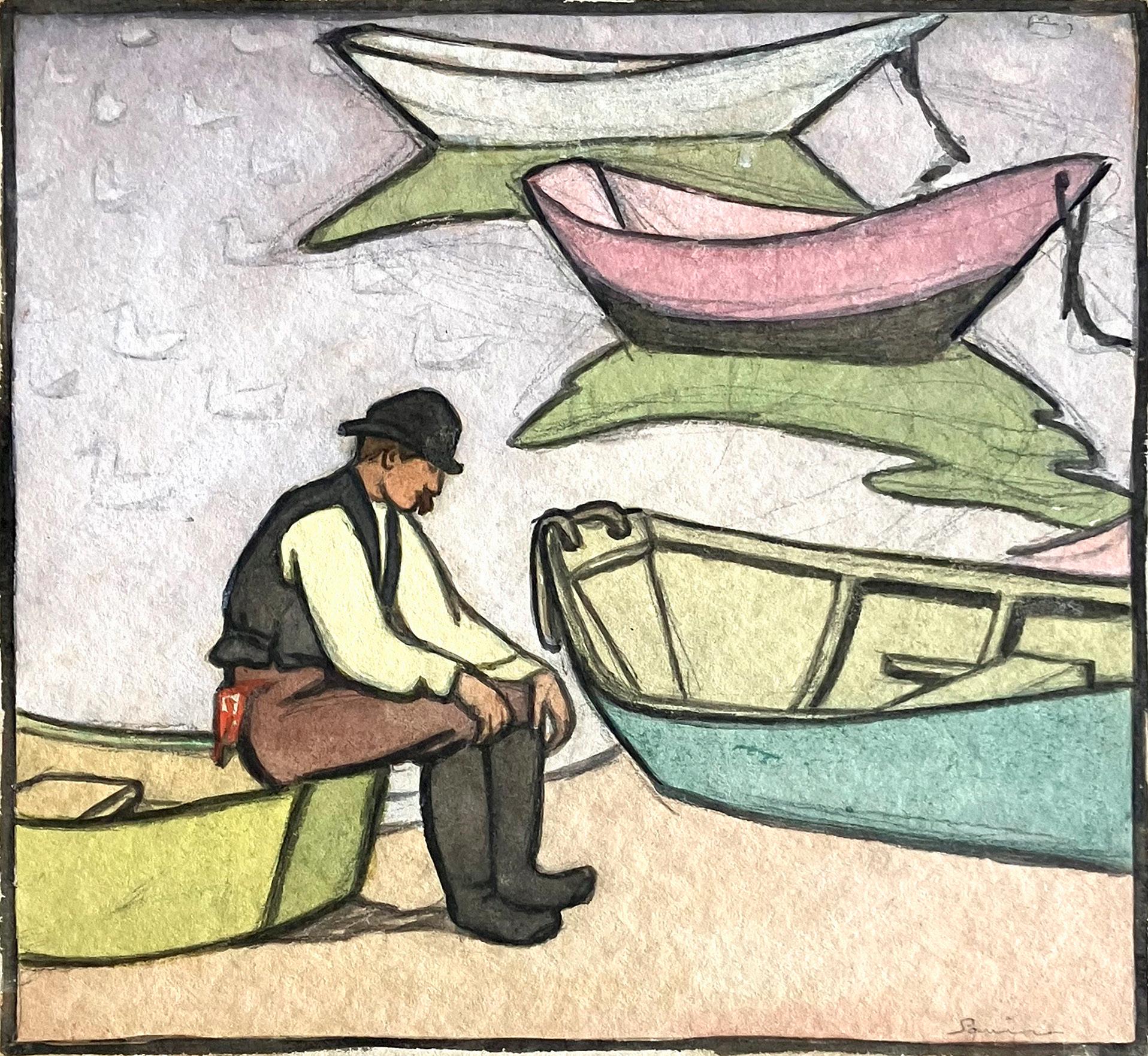
RestingFisherman,c . 1895-20
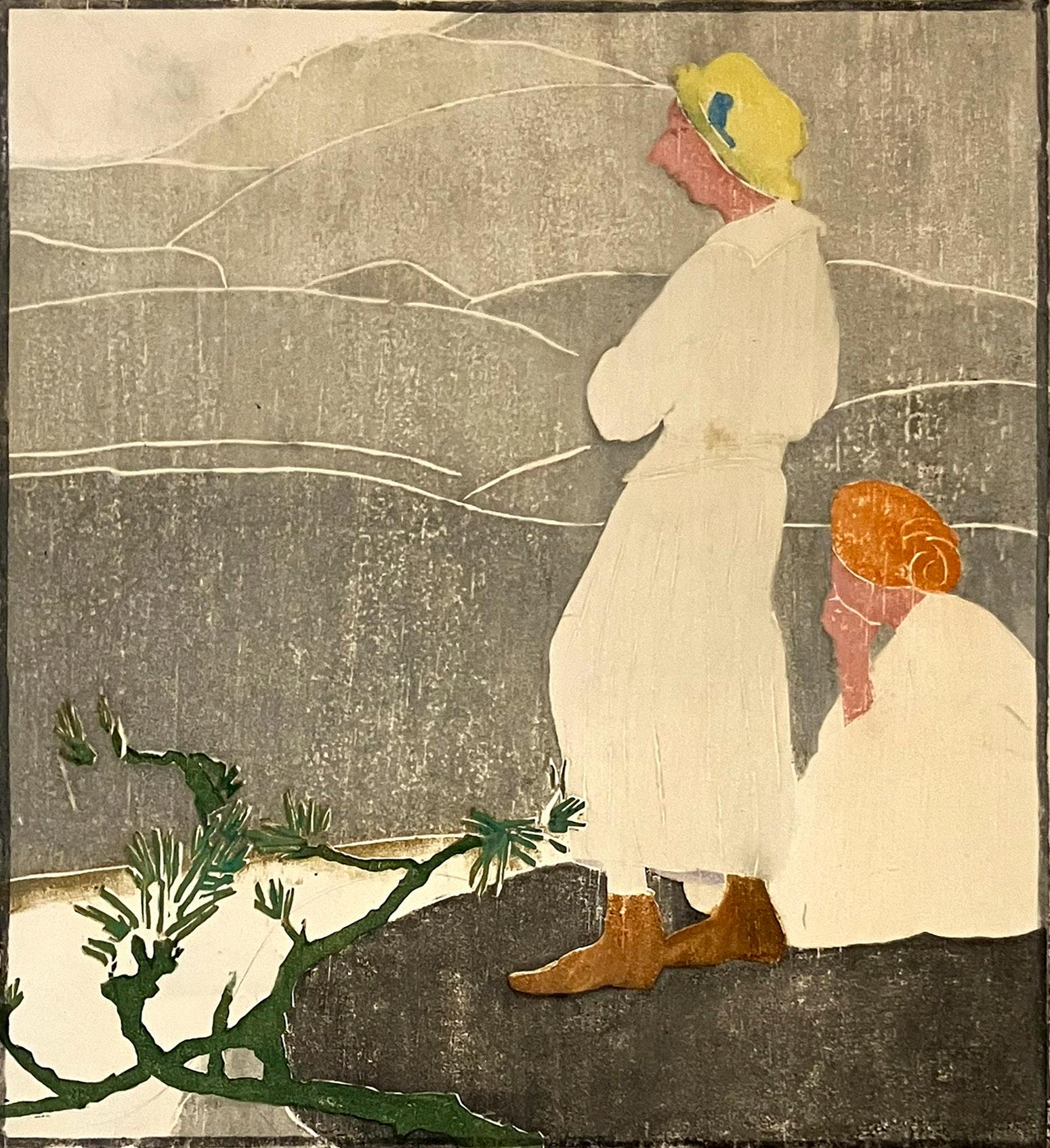






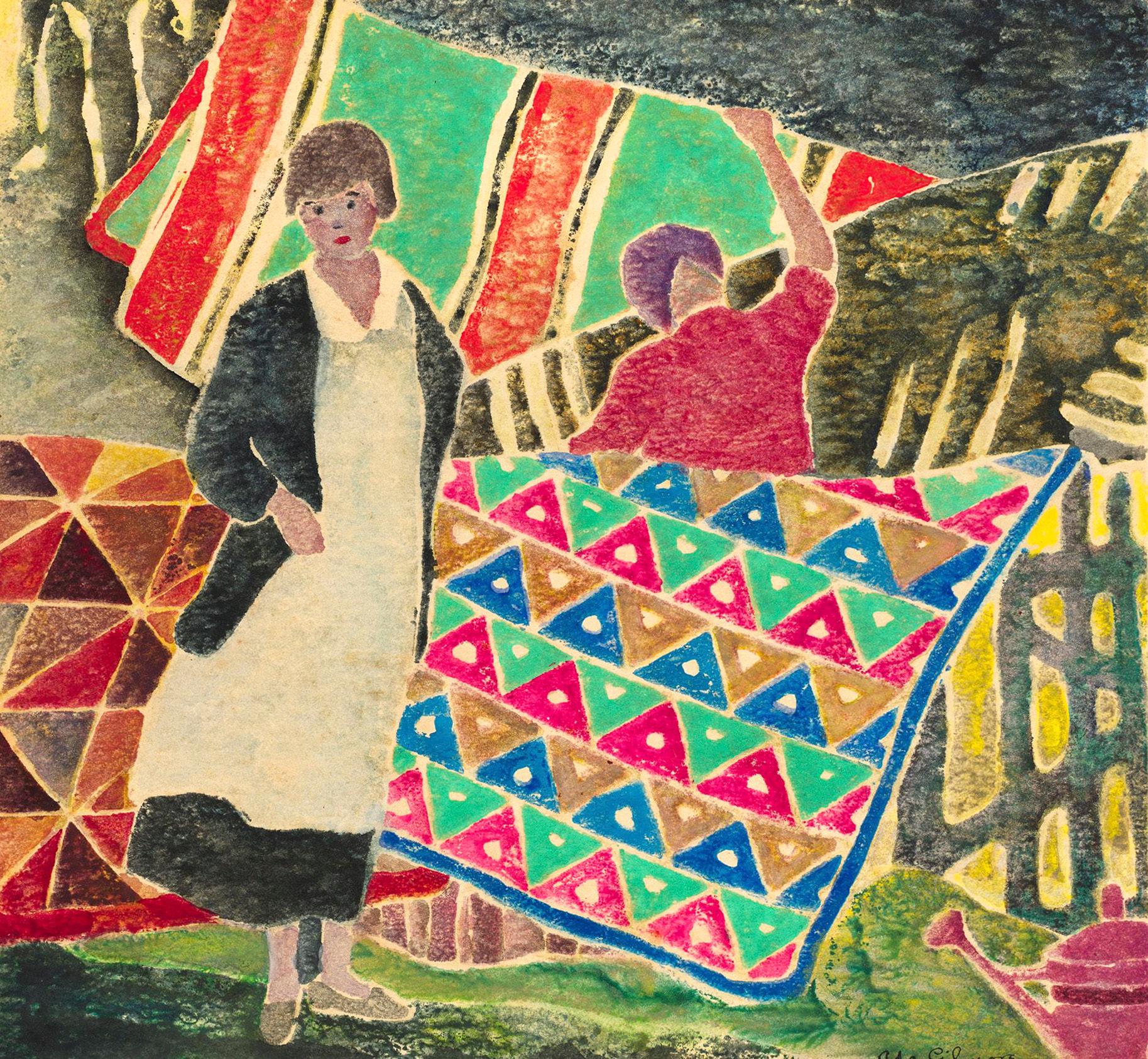
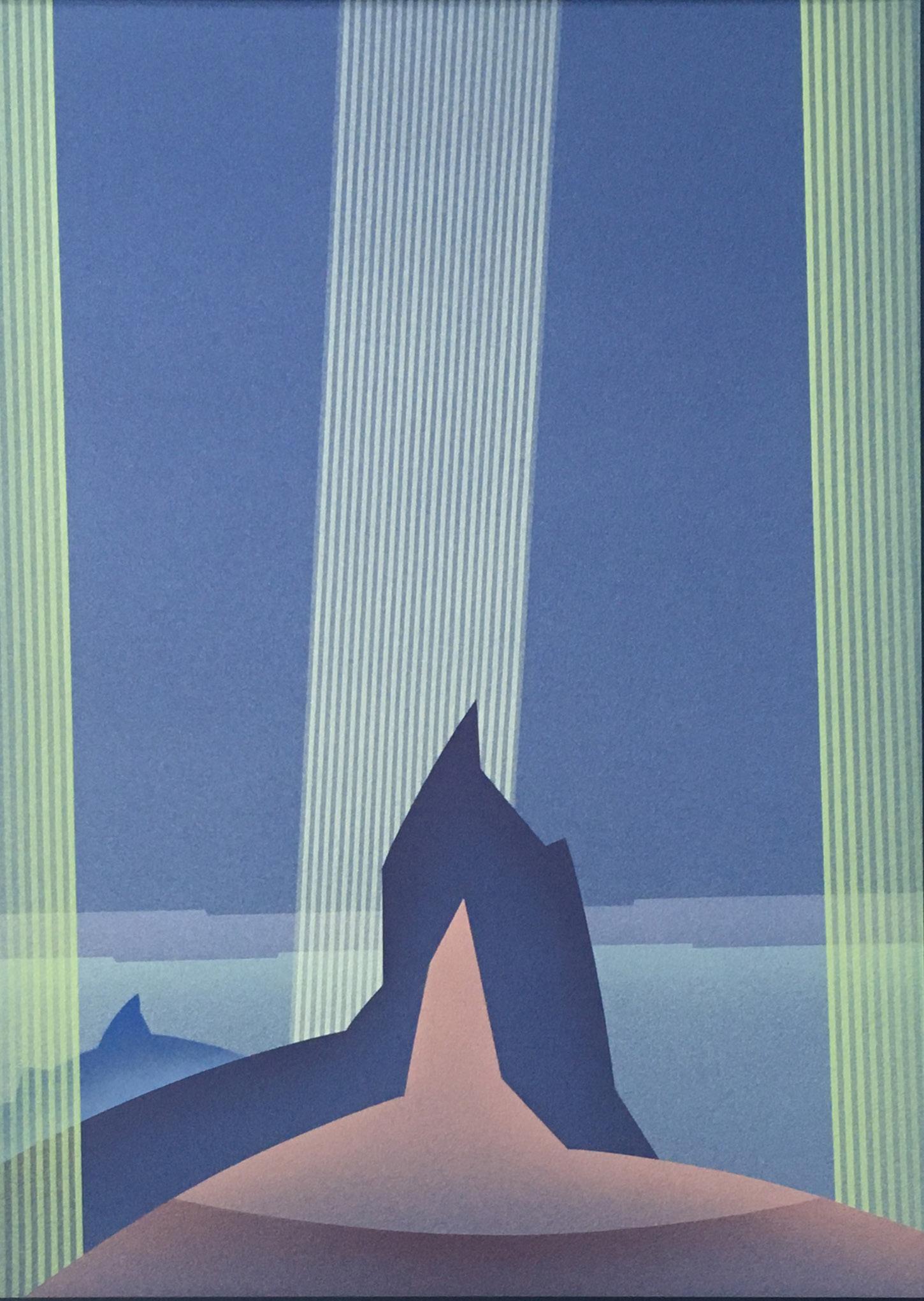

DeerIsle,Maine,1921

“Schille was clearly one of the earliest American artists to assimilate European modernism and to bring its influence to the United States. She discovered and understood the new movements at a profound level. In her notebooks, she praised Vincent van Gogh for ‘intensifying sunlight’ and Georges Seurat for ‘organizing his picture space architecturally.’ She especially admired Henri Matisse for ‘escaping all that was literary and photographic’ for his ‘return to naked rhythmic expression’ and for his ‘dynamic rhythms fixed in brilliantly harmonious color structure.’
Above all, Schille developed a highly original, personal style that is at once lyrical and powerful, sophisticated in technique and formal design, spare yet richly orchestrated. . .”
William H. Robinson, PhD. Curator of Modern European Art Head of the Department of European and American Painting and Sculpture Cleveland Museum of Art

